We got you the nuts and bolts of the ruling collective.
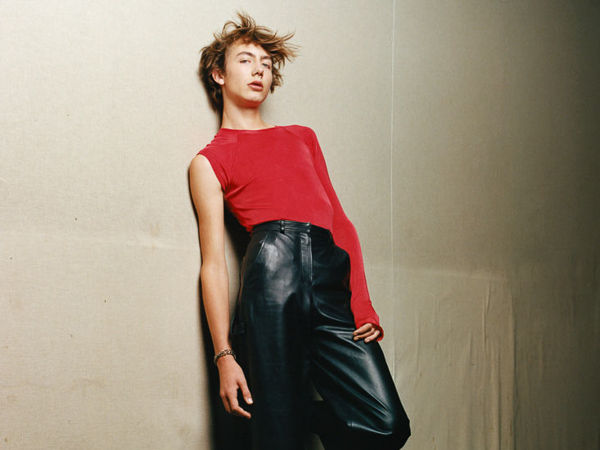
Shrouded in a veil of ambiguity, Vetements stepped out of and into fashion in 2014. A mere year later, the Paris-based “team of individuals” is enchanting both lovers and critics of the fashion arena. The label is like an oxymoron in itself, the garments subtle but outspoken, dreamlike but ironic, eerie but comfortable. Led by curiosity and appreciation, Glamcult got you the nuts and bolts of the stylish collective. Let us introduce you.
Tell us about the name. Why did you go for this straightforward signature?
We didn’t want to use a personal name, but a generic one that expressed our approach. We make up a mixed collective that is based in Paris, so “Vetements” came naturally and it really expresses all we want to do in fashion. The name was a unanimous thought in January 2014, just before the launch of our first collection in March. That was the moment when our thoughts started to materialize.
So when exactly was Vetements born?
In the summer of 2013. Demna Gvasalia [former senior designer at Louis Vuitton and Maison Martin Margiela] founded the brand with a couple of friends and ex-colleagues.
Could you describe your vision in a few words?
Vetements stands for the study of clothes about clothes.
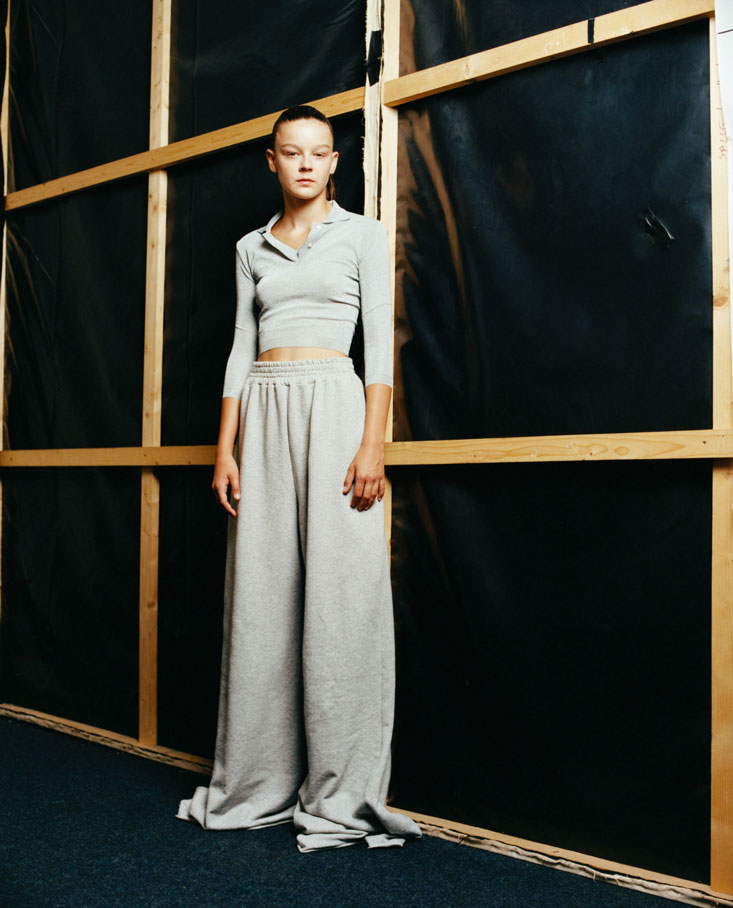
With various individuals forming one collective, how do you manage to find common ground? Is it ever challenging to find each other aesthetically?
It’s a permanent discussion and dialogue. In order to achieve the right result, we go through a lot of brainstorming. It’s really all about teamwork.
Could you describe the process of making a Vetements collection? Who does what?
It starts with general brainstorming about what would we like to see people wear in six months’ time—what vibe, what type of garments—and then it grows into fabric research, imagery, trying out new shapes and ways of wearing clothes, the attitudes this can create. Then three months of constant fittings and adjustments follow, the perfecting of each garment.
Your designs go beyond conventional boundaries, yet they’re very wearable. How important is this?
The balance is vital! We definitely want to make wearable and desirable clothes, but they can’t be basics. We work around the wardrobe but always look for ways to put our designs into a new context.
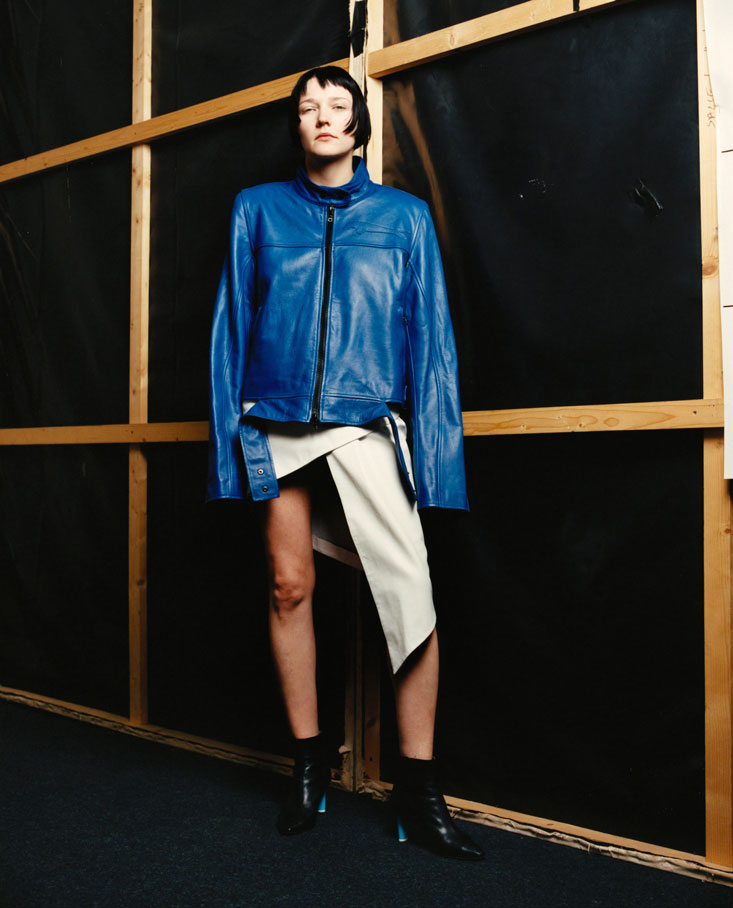
Your history at Maison Martin Margiela, Balenciaga and Céline is—of course—often mentioned in the press. How do you deal with recurring comparisons to these iconic fashion houses?
The places we worked at have defined a part of our aesthetic, but Vetements is a new story, not linked to the past but to our present.
What does “gender” mean to you? How does it relate to what you do?
Gender is the range of characteristics pertaining to, and differentiating between, masculinity and femininity, if we have to believe Wikipedia. We think the idea of gender is outdated.
You’ve clearly stated that Vetements wants to move outside the established frame of the fashion industry. How is that aim translated into your S/S15 collection?
We didn’t create a collection with a seasonal theme, as our approach is making whatever garments we want to make, without a necessary thematic link between the pieces. What puts them together is the person wearing the clothes.
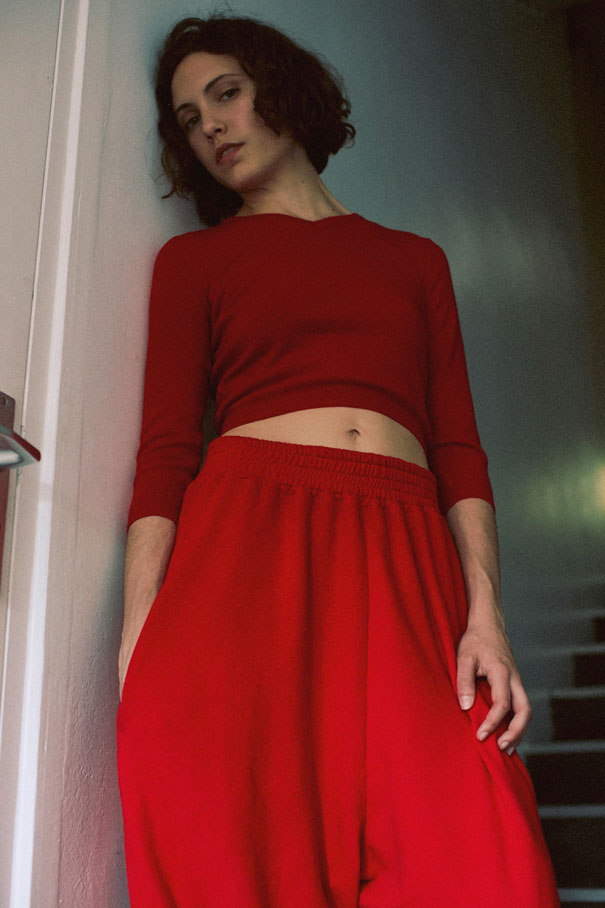
Your Collar shirt has quickly become a key piece. What’s its story?
We love the simplicity of a tight black T-shirt, and the word “collar”, in its straight-forwardness, questions that simplicity. There is absolutely a sense of irony to it.
We love the strong and unconventional characters you picked for this season’s show and look book. Who is the customer for whom you create?
She’s an individual: a woman with her own strong character who has no frame to fit in. She’s cool, has a sense of style and loves wearing clothes.
Despite becoming more and more well known, will anonymity always be an important characteristic of Vetements?
No, anonymity is not the fundamental characteristic for us. We simply prefer to put our product in the foreground, rather than the people behind it and their stories. We don’t want to be anonymous; we want our work to be the turning point of our brand.
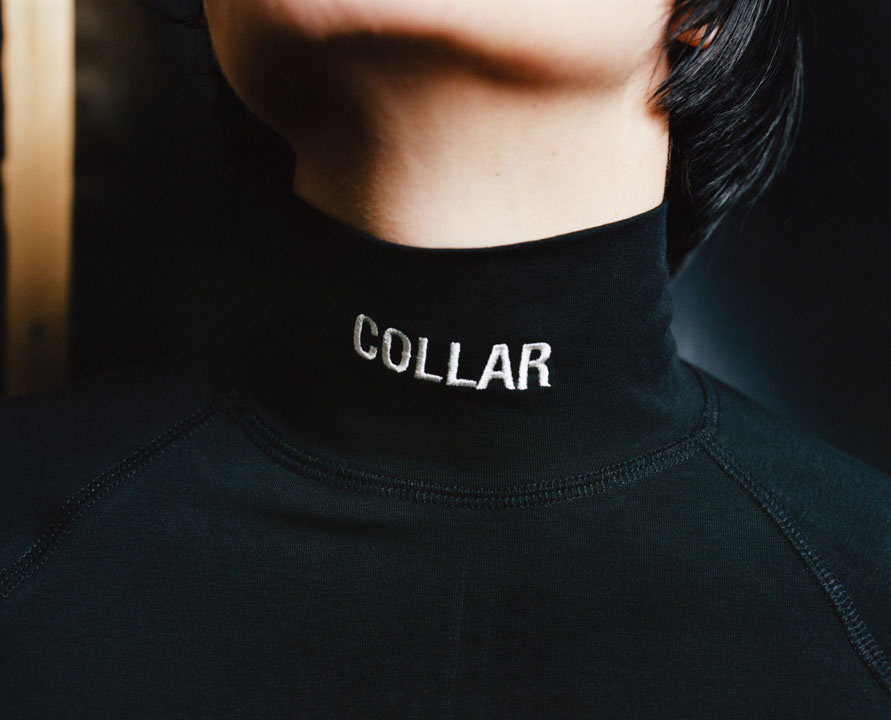
By Danielle van Dongen & Leendert Sonnevelt
Photography: Lea Colombo & Oliver Hadlee Pearch
www.vetementswebsite.com